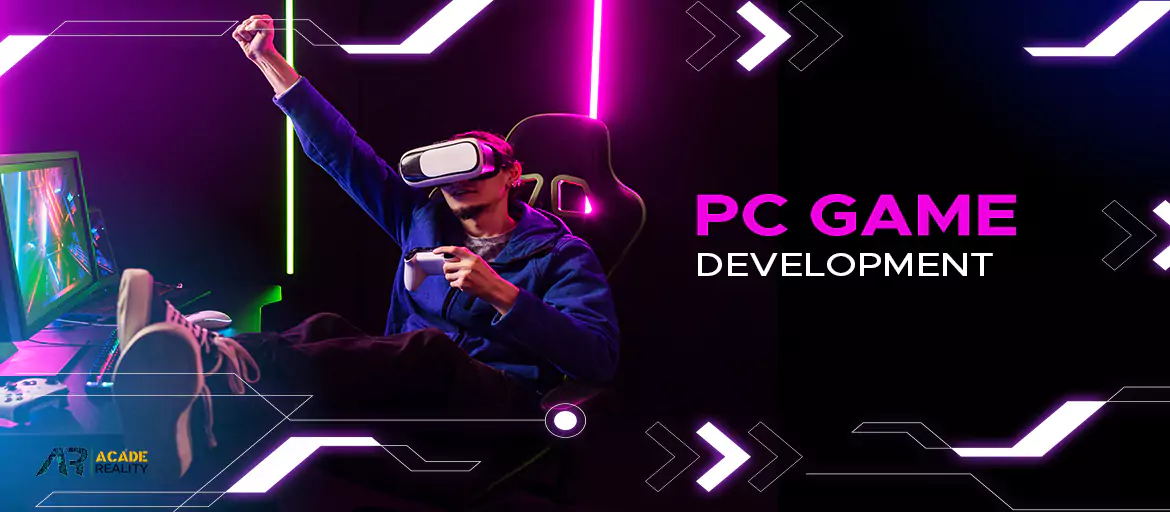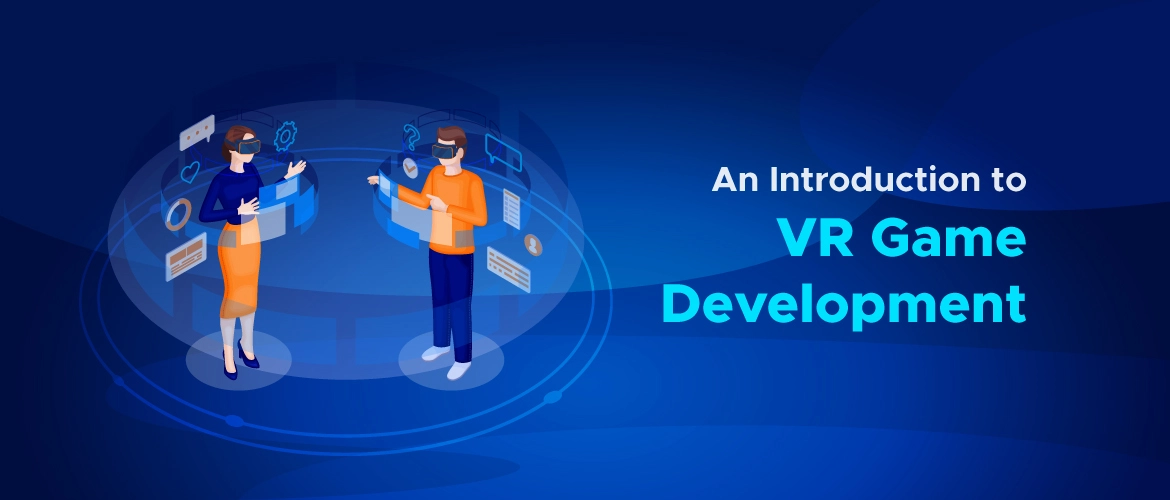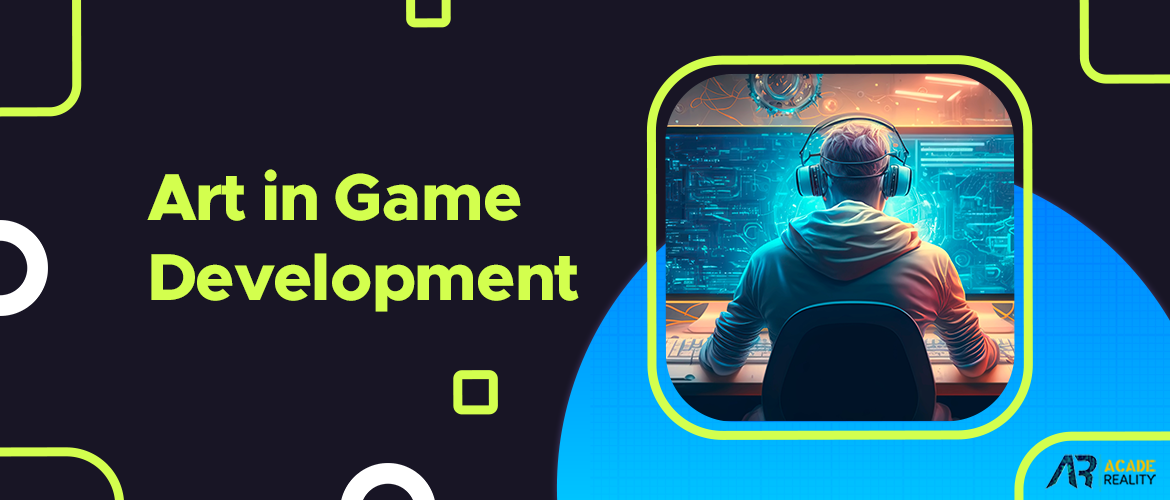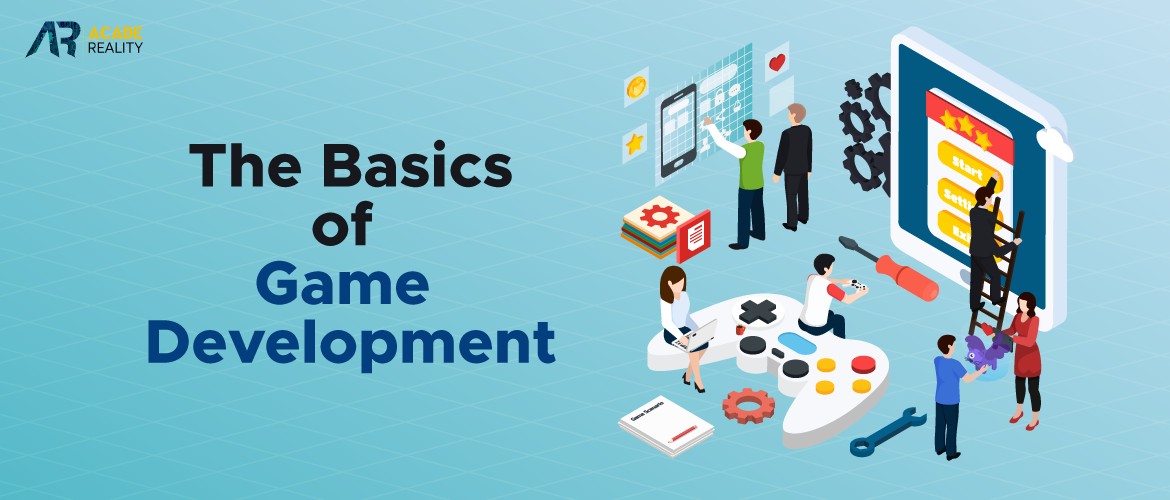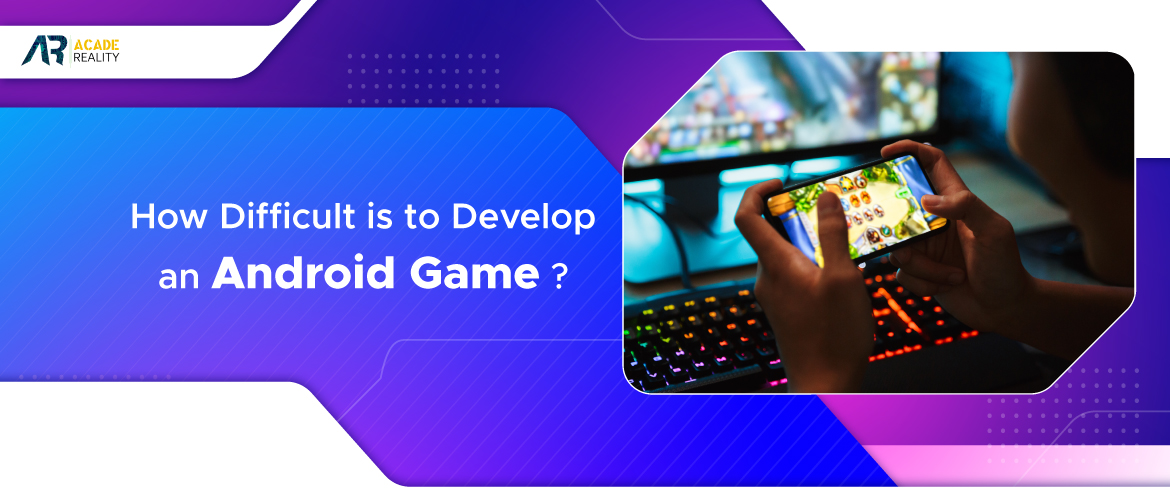Latest Trends and Technologies Shaping the Future of Game Development

Introduction
The world of game development is in a constant state of evolution, driven by advancements in technology, changing consumer preferences, and the quest for immersive and innovative gaming experiences. As we step into the future, several emerging trends and technologies in game development are emerging, promising to reshape the landscape of game development. Here, we will analyze some of the latest trends and technologies that are playing a pivotal role in shaping the future of game development.
Augmented Reality (AR) and Virtual Reality (VR)
One of the most significant trends in game development technology is the integration of augmented reality (AR) and virtual reality (VR). These technologies have the potential to revolutionize how gamers interact with virtual worlds. AR overlays digital details onto the real world, while VR immerses players in entirely virtual environments. Games like Pokémon have already showcased the possibilities of AR, and VR headsets continue to push the boundaries of immersive gaming experiences.
Developers are increasingly focusing on creating games that leverage the unique capabilities of AR and VR, providing players with more realistic and interactive gameplay. The demand for AR and VR technologies is expected to rise as hardware becomes more accessible and affordable.
Cloud Gaming
Cloud gaming is another game-changer in the industry, letting players to pour games instantly to their devices without the need for high-end hardware. Services like Google Stadia, Microsoft xCloud, and NVIDIA GeForce Now have pioneered cloud gaming, making it possible for gamers to access a vast library of games instantly.
The appeal of cloud gaming lies in its convenience and accessibility, as players can enjoy high-quality gaming ventures on a variety of devices, from smartphones to low-end PCs. As internet infrastructure continues to improve, the prevalence of cloud gaming is likely to increase, challenging traditional gaming platforms.
Artificial Intelligence (AI) and Machine Learning (ML)
Artificial intelligence and machine learning are changing the gaming industry by enhancing the intelligence and adaptability of non-player characters (NPCs), creating dynamic and responsive game environments. AI algorithms analyze player behavior and adjust game elements in real-time, providing a more personalized and challenging experience.
AI is also being utilized in procedural content generation, helping developers create vast and realistic game worlds without the need for extensive manual design. As machine learning algorithms evolve more sophisticated, we can expect games to adapt and evolve based on individual player preferences, making each gaming experience truly unique.
Blockchain Technology and NFTs
Blockchain technology and non-fungible tokens (NFTs) have made their way into the gaming industry, introducing new possibilities for ownership, trade, and monetization. Blockchain ensures transparency and security in in-game transactions, and NFTs enable players to own and trade unique in-game assets.
Games incorporating blockchain and NFTs allow players to earn real-world value from their in-game achievements and assets. This trend not only provides a new revenue stream for developers but also empowers players to have more control over their gaming investments.
Cross-Platform Gaming
Cross-platform gaming is becoming increasingly prevalent, allowing players on different devices to play together seamlessly. Games like Fortnite and Rocket League have successfully implemented cross-platform play, enabling users on consoles, PCs, and mobile devices to join forces in the same virtual space.
This trend is a response to the growing diversity of gaming platforms and the desire for a unified gaming experience. Cross-platform gaming not only broadens the player base but also fosters a more inclusive and collaborative gaming community.
Real-time Ray Tracing
Graphics play a crucial role in creating immersive gaming experiences, and real-time ray tracing is a technology that significantly enhances the visual quality of games. Ray tracing affects the way light interacts with virtual objects, resulting in more realistic lighting, reflections, and shadows.
While demanding in terms of hardware requirements, real-time ray tracing is becoming more accessible as graphics cards and consoles continue to advance. Game developers are leveraging this technology to create visually stunning and lifelike environments that elevate the overall gaming experience.
5G Technology
The rollout of 5G technology is poised to revolutionize the gaming initiative by providing faster and more stable internet connections. Lower latency and higher bandwidth offered by 5G networks enable smoother online gaming experiences, making multiplayer games more responsive and enjoyable.
Cloud gaming, in particular, stands to benefit greatly from 5G technology, as it reduces lag and allows for higher-quality streaming. As 5G infrastructure becomes more widespread, the gaming industry is likely to see a surge in mobile gaming and other connected experiences.
Biometric Feedback Integration
The integration of biometric feedback into games is an emerging trends and technologies in game development that aims to make gaming experiences more immersive and personalized. Biometric sensors can monitor a player's heart rate, facial expressions, and other physiological responses, adjusting the game's difficulty or narrative based on the player's emotional state.
This technology opens up new possibilities for narrative-driven games that can adapt in real time to a player's emotional reactions. By incorporating biometric feedback, game developers can create experiences that are not only visually and audibly engaging but also emotionally resonant.
Open-World Games and Massive Multiplayer Experiences
The popularity of open-world games and massively multiplayer experiences continues to grow, driven by advancements in technology that allow for larger and more detailed virtual environments. Games like The Witcher 3: Wild Hunt and Red Dead Redemption 2 have set new standards for expansive, immersive worlds that captivate players with their depth and complexity.
Developers are investing in technologies that enable the creation of vast, interconnected game worlds where players can explore, interact, and collaborate on an unprecedented scale. This trend is likely to shape the future of game development services by pushing the boundaries of what is possible in terms of world-building and player engagement.
Accessibility and Inclusivity
The gaming industry is increasingly recognizing the importance of accessibility and inclusivity. Developers are incorporating features such as customizable controls, subtitles, and options for colorblind players to ensure that games are enjoyable for a diverse audience.
This trend not only reflects a commitment to inclusivity but also acknowledges the expanding demographics of gamers. As the industry continues to diversify, creating games that cater to a wide range of players becomes not just a moral imperative but also a smart business strategy.
Conclusion
The future of game development services is an exciting and dynamic landscape shaped by a convergence of technological innovations, changing player expectations, and the quest for ever more immersive experiences. As we look ahead, the trends and technologies discussed in this article are likely to play a pivotal role in defining the next era of gaming.
From the integration of augmented reality and virtual reality to the widespread adoption of cloud gaming, the industry is evolving rapidly. Artificial intelligence, blockchain technology, and biometric feedback are contributing to more intelligent, personalized, and emotionally resonant gaming experiences. As hardware capabilities continue to advance, we can expect even more realistic graphics, expansive open-world environments, and seamless cross-platform play.
Ultimately, the future of game development lies in the hands of those who dare to push the boundaries, embracing innovation and embracing the ever-evolving expectations of players. The journey ahead promises a thrilling ride for both developers and gamers alike as we collectively embark on a new era of interactive entertainment.
You Might Like
